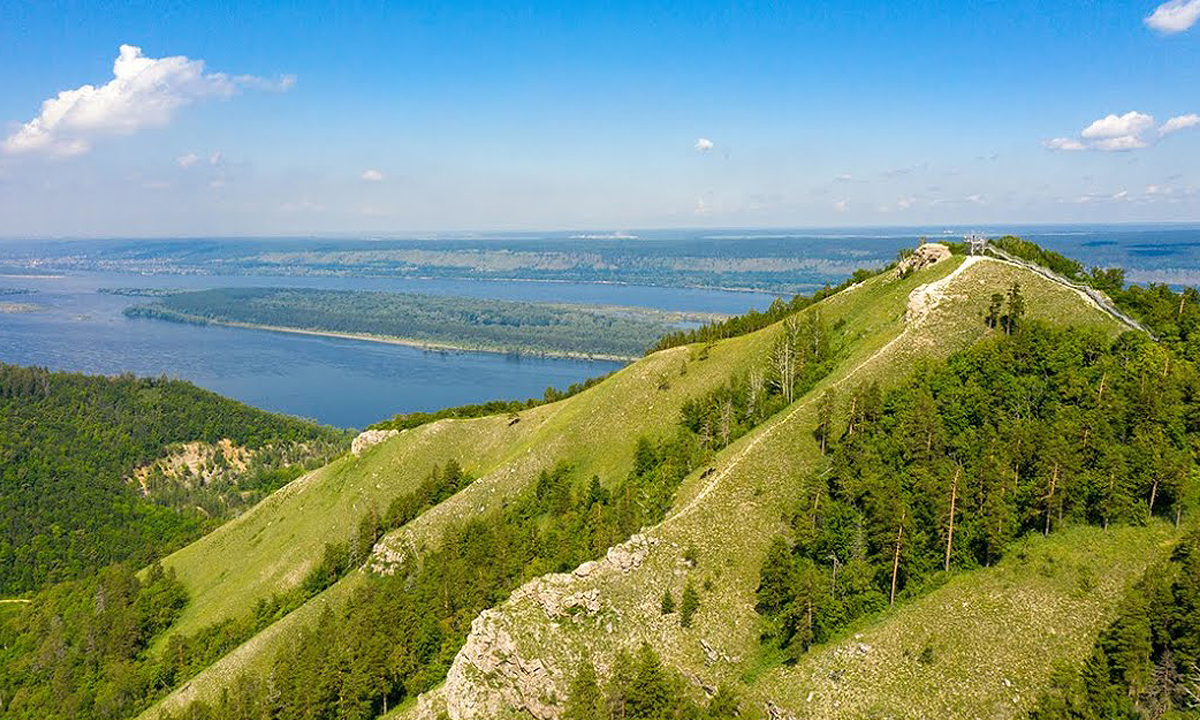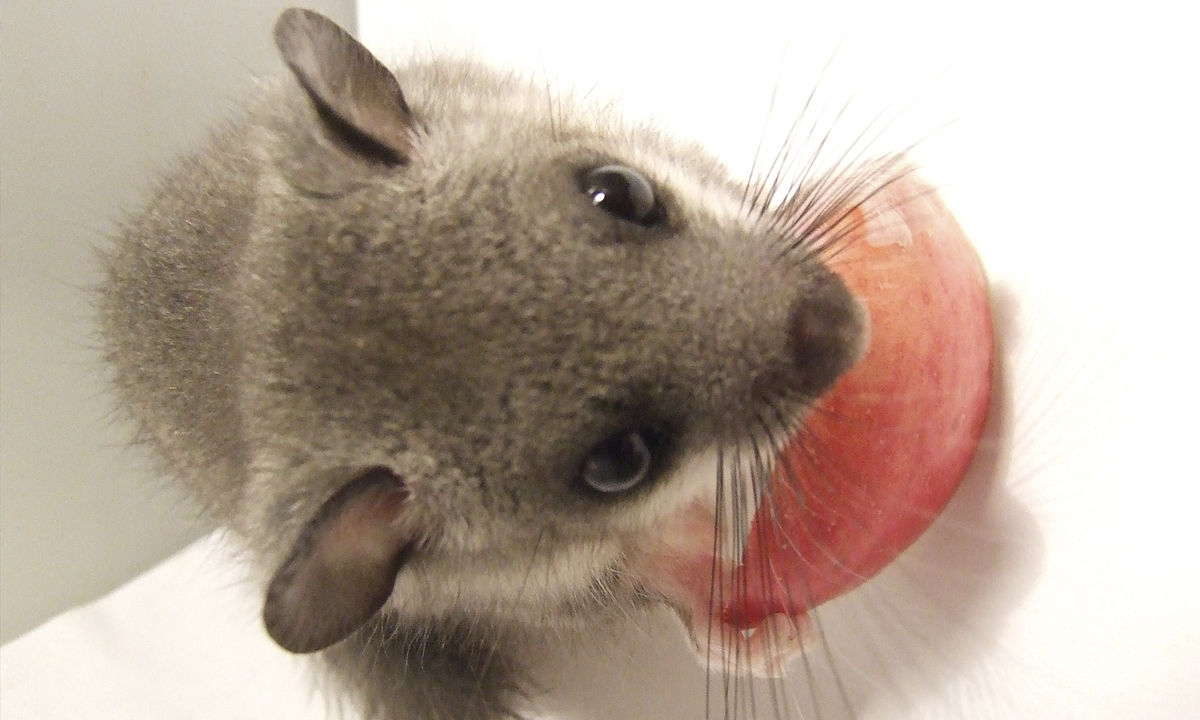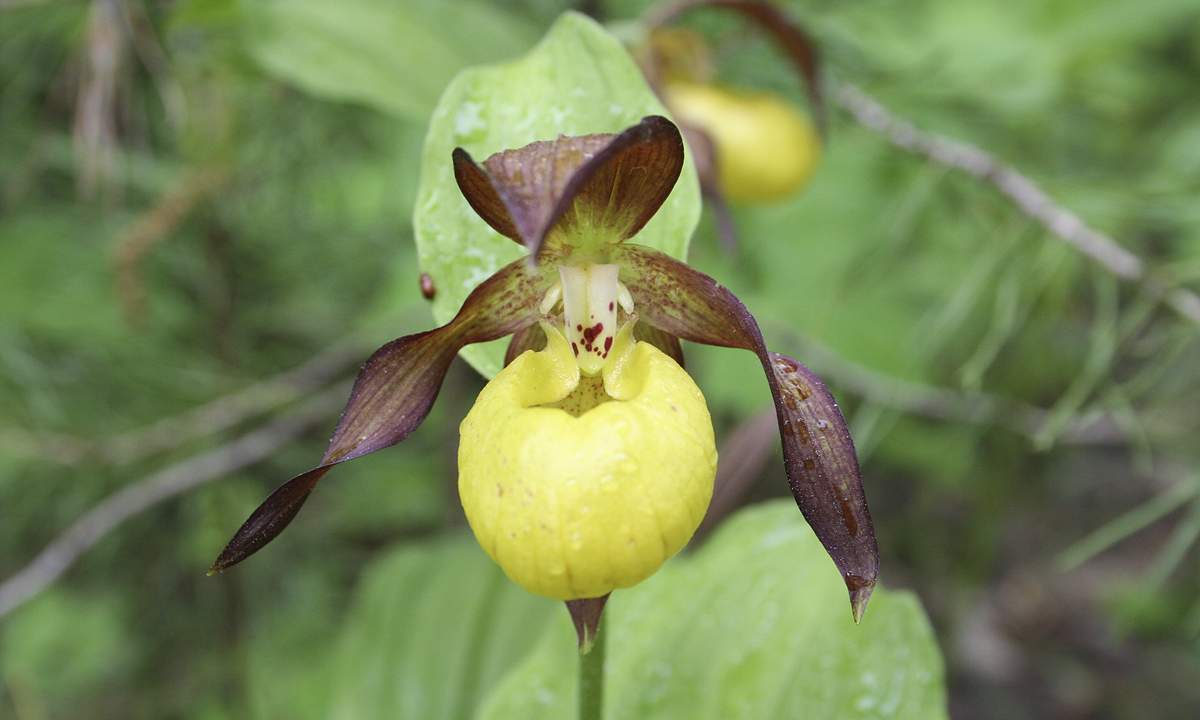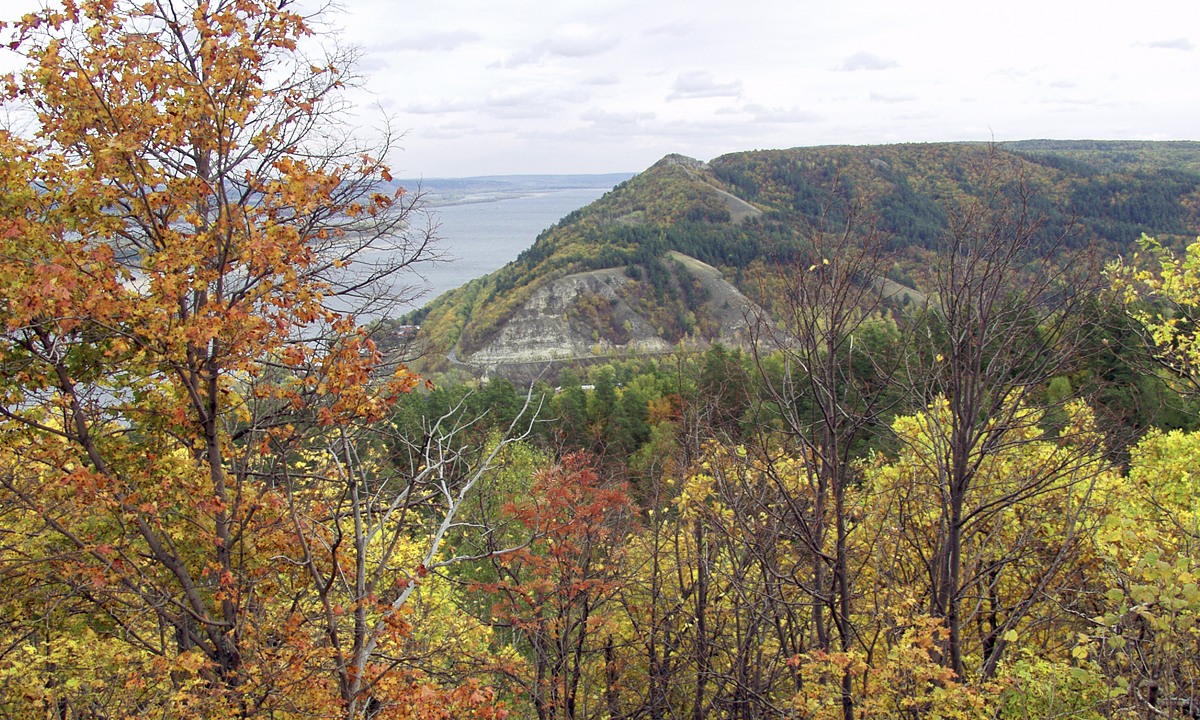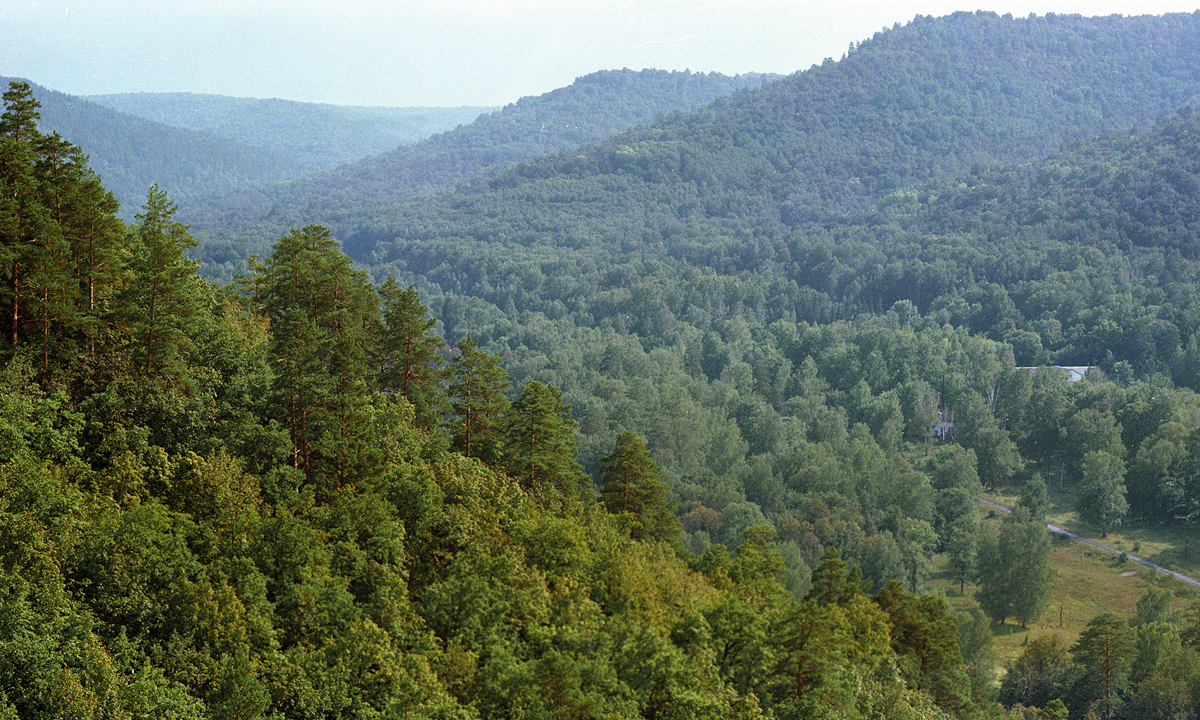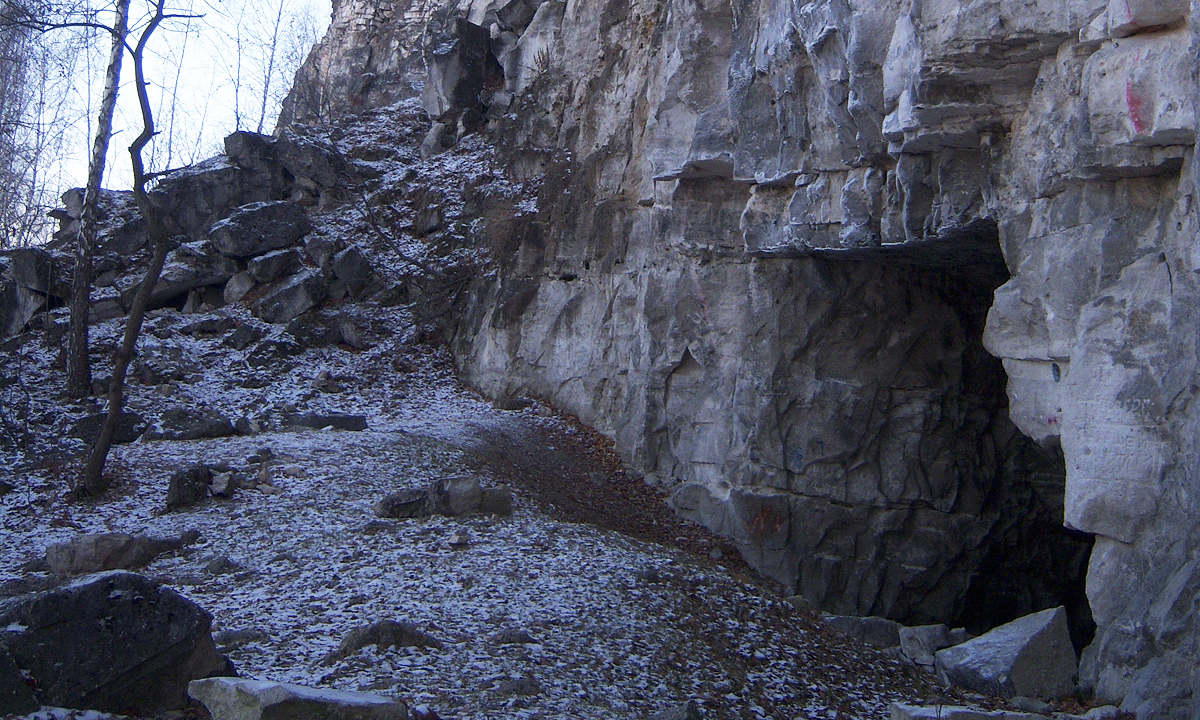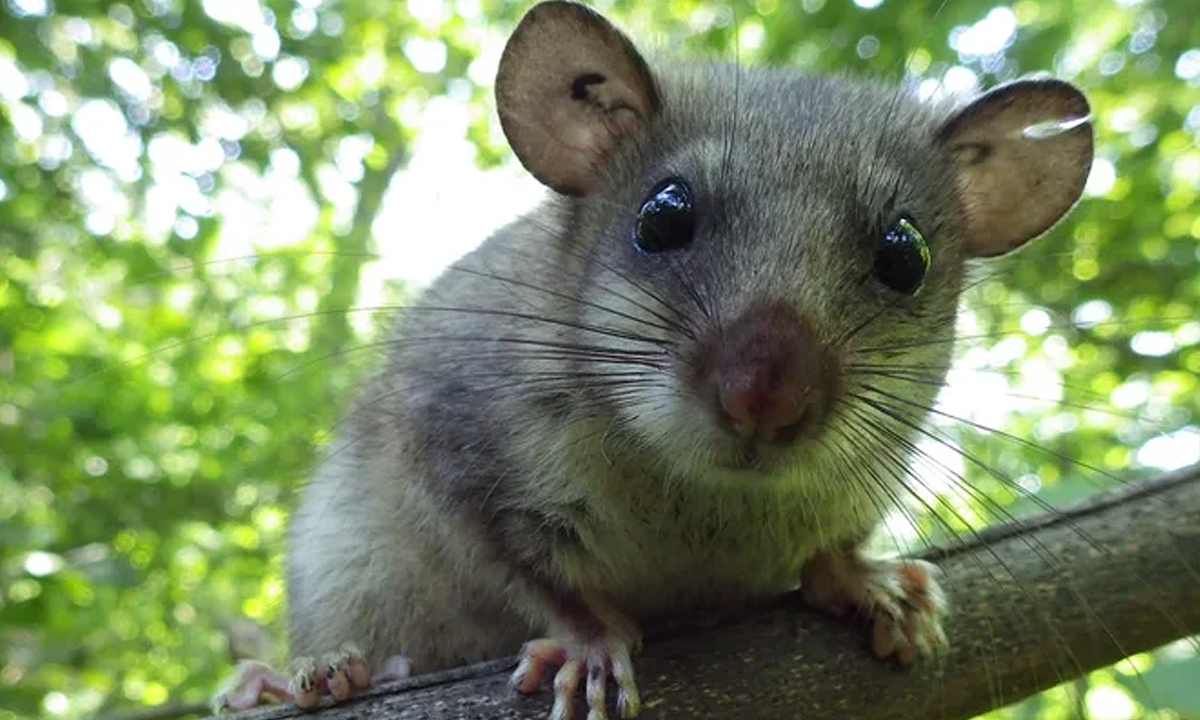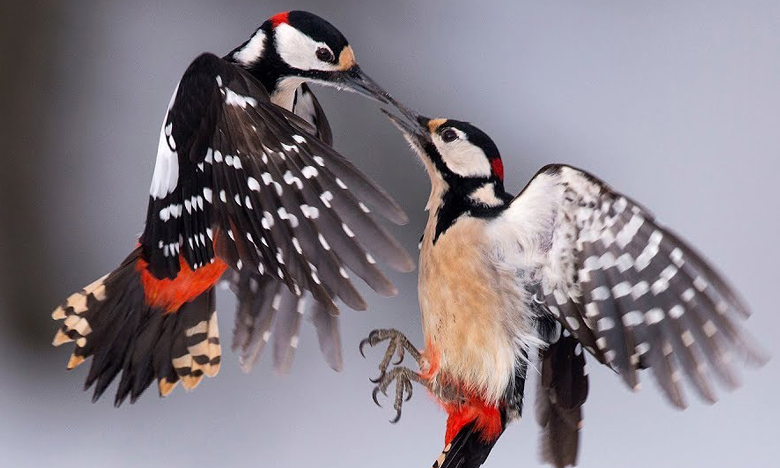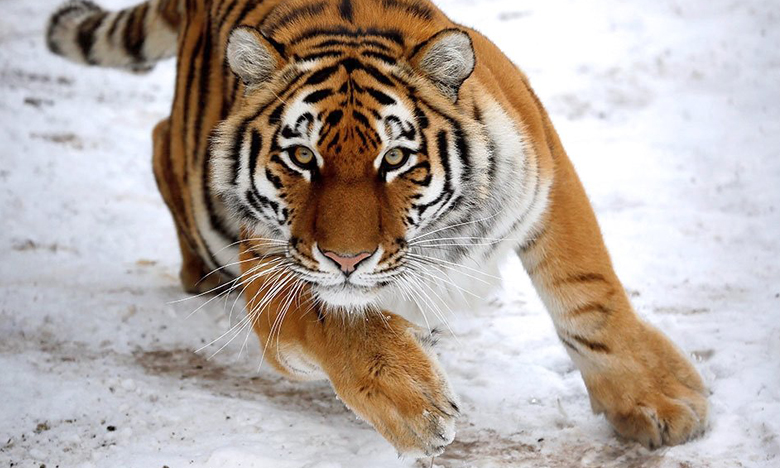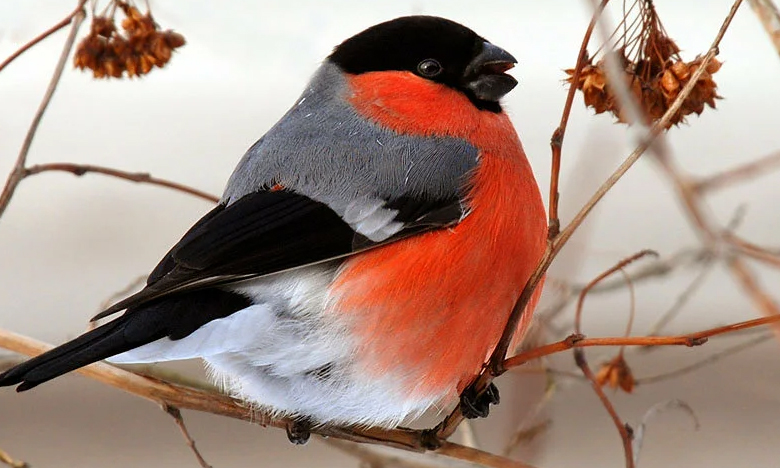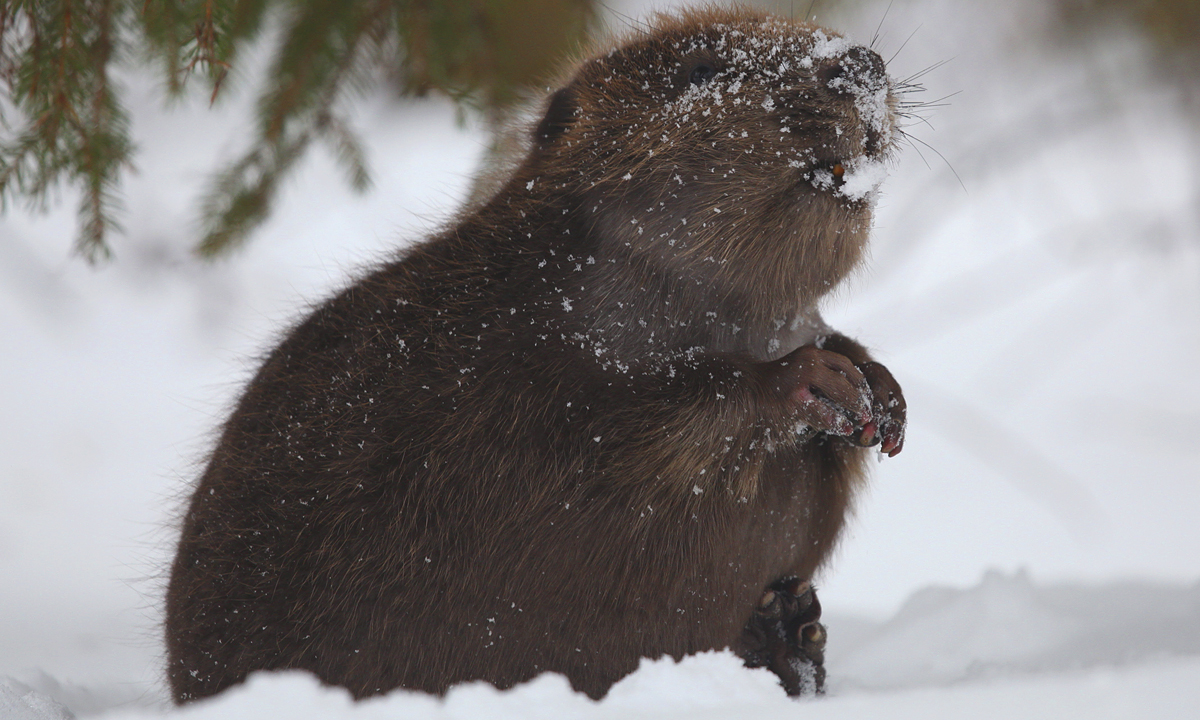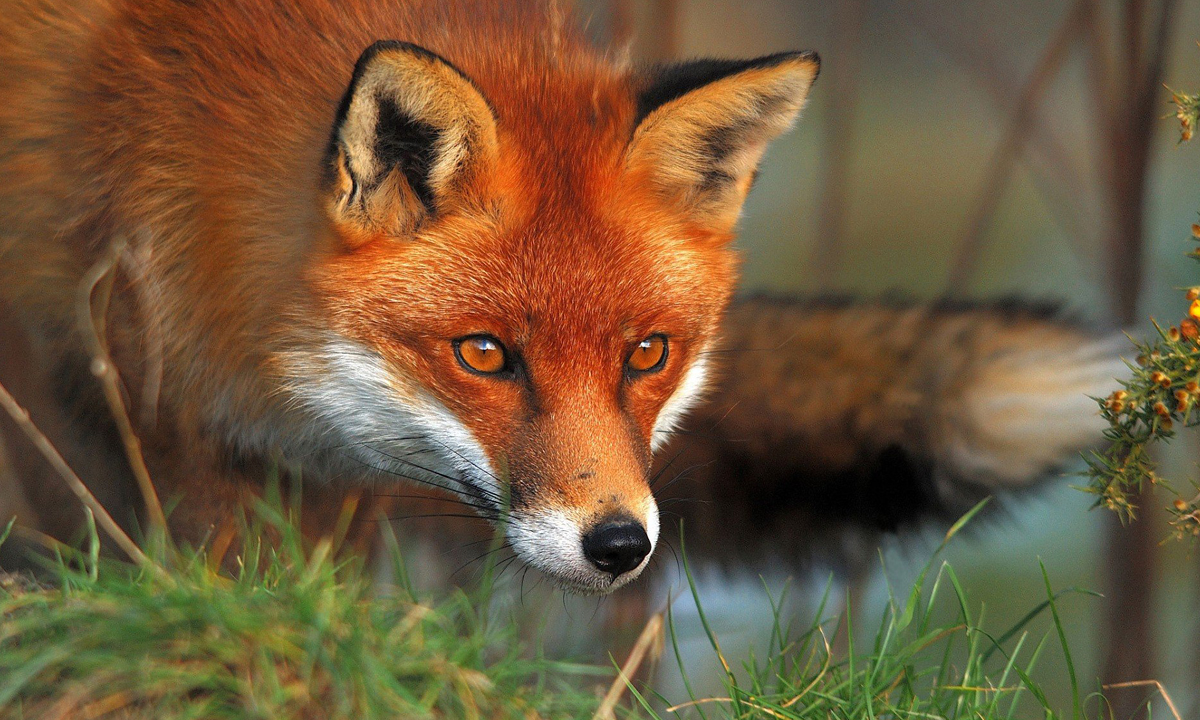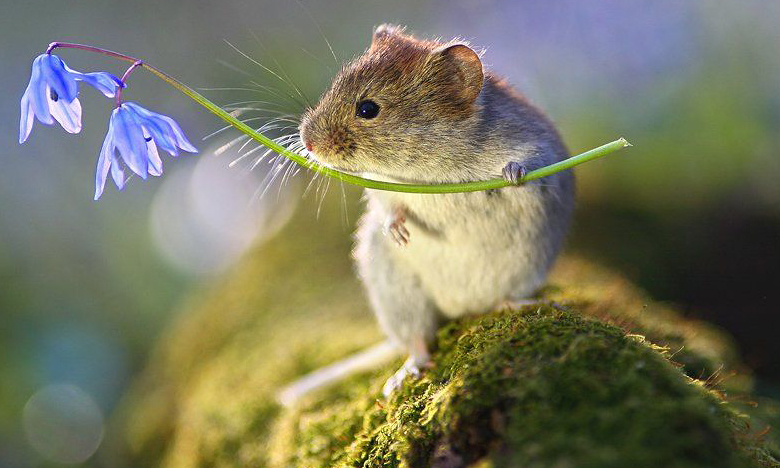The Zhigulevskaya upland is an island of Paleozoic rocks among the Mesozoic and Cenozoic rocks that compose the surrounding areas. The Zhiguli upland appeared about 7 million years ago in the middle of the Pliocene. The elevation and dissection of the relief provided the peculiarity of the climate and the specific course of formation of the soil and vegetation cover.
The area enclosed in the bend of the Volga in the middle course, framing the Zhiguli Mountains and forming a kind of peninsula, was called Samara Luka. On three sides, it is bounded by the water areas of the Saratov and Kuibyshev reservoirs. The Samara Luka occupies a special place in the formation of natural complexes of the entire Volga region and is considered as a refuge of animals and plants of the pre-glacial period, since the territory of the Samara Luka was not subjected to the last glaciation.There are representatives of the flora and fauna of the steppe and forest zones, endemic and relict species are common. The contact zone of European and Asian biota passes on the Samara Luka, thus creating a node of biogeographic regions.
The territory of the reserve is characterized by high biological diversity. The unique ecosystems of the limestone mountains are widely represented here: stony steppes, virgin settled pine forests and mixed coniferous-broad-leaved forests. On the Samara Luka plateau, there are both native forests (linden, oak, and birch forests) and derived communities: aspen, maple, birch, and elm forests, as well as meadow steppes and mown meadows, pastures, and arable land. In the floodplain and on the islands of p. Along the Volga river, floodplain oak forests and forests with a predominance of sedge, vetla, silver poplar and black alder, as well as talnik thickets and water meadows have been preserved. Peculiar ecosystems were formed at the sites of limestone mining, among which the most interesting are the tunnels that serve as places of mass wintering of bats, the number of which during the hibernation period can exceed 30 thousand individuals.
The diversity of ecosystems has led to the presence of a large number of species of living organisms here.Thus, the species diversity of vascular plants includes about 1000 species, mosses-141 species, fungi-more than 760 species, lichens-241 species, invertebrates-about 6000 species, birds-121 species, mammals-53 species. Among the identified species diversity, of particular interest are endemics – 5 plant species and 11 invertebrate species - and relicts – about 60 plant species, 8 lichens and more than 80 invertebrate species, as well as species in need of special protection, included in the Red Books of various levels.
The historical value of this area is associated with the period of the so-called Volga Freemen. The territory of the Samara Volga region in the second half of the XVI century. was one of the centers of the formation of the Russian Cossacks. This was facilitated by the natural conditions of the Samara Luka with its impenetrable forests and mountains, which reliably hid the robbers on the Volga trade route. The most famous historical characters, whose names are associated with a number of attractions, are the Cossack atamans Stepan Razin and Fyodor Sheludyak.
The history of the origin of natural science on the Samara Luka is connected with the names of famous naturalists. The first scientific studies of the flora and fauna on the Samara Luka were carried out by the All-Russian expedition of academicians of the Russian Academy of Sciences P. S. Pallas and I. I. Lepekhin in 1769-1774, shortly after the Samara Luka was granted by Catherine II to the favorite Count Grigory Orlov for eternal use. During the expedition, the first information about the natural resources and the indigenous inhabitants of the Samara Luka was obtained. Pallas ' work "Zoographiarosso-asiatica", published in Latin, is the first geographical description of the European part of Russia and the beginning of Russian zoological science.
Due to their natural uniqueness, Zhiguli and Samara Luka attracted the attention of many researchers, however,they became the main arena of deep scientific research only in the XX century.Many classics of the Russian science of vegetation worked here– S. I. Korzhinsky, A. F. Fleerov, D. I. Litvinov, R. I. Abolin, V. N. Sukachev, G. N. Vysotsky, I. I. Sprygin, A. P. Shennikov, A. A. Uranov, L. M. Cherepnin. The fundamental study of the peculiar geology of the Samara Luka was carried out by Academician A. I. Voeykov (1878), academician A. P. Pavlov (1887), and Professor M. E. Noinsky (1913). Among the famous zoologists from the territory of the Samara Luka, M. N. Bogdanov (1871) described his collections of vertebrates. The creation of protected areas on the Samara Luka began thanks to the research of V. N. Sukachev (1914), who confirmed the uniqueness, scientific and aesthetic value of these places. Sukachev showed the importance of vegetation cover for the justification of the creation of protected natural areas and drew up a program that was the guiding one for the organization of nature reserves in Russia.

